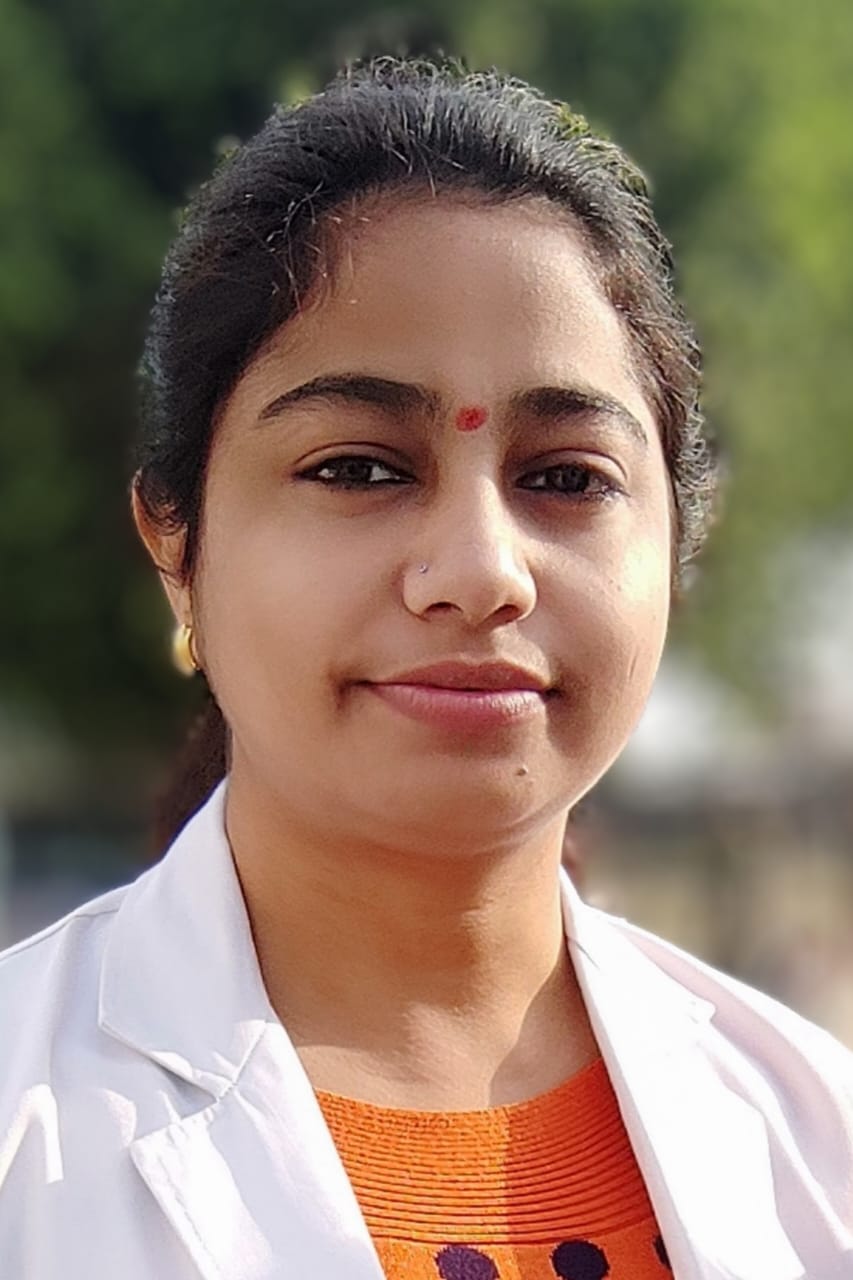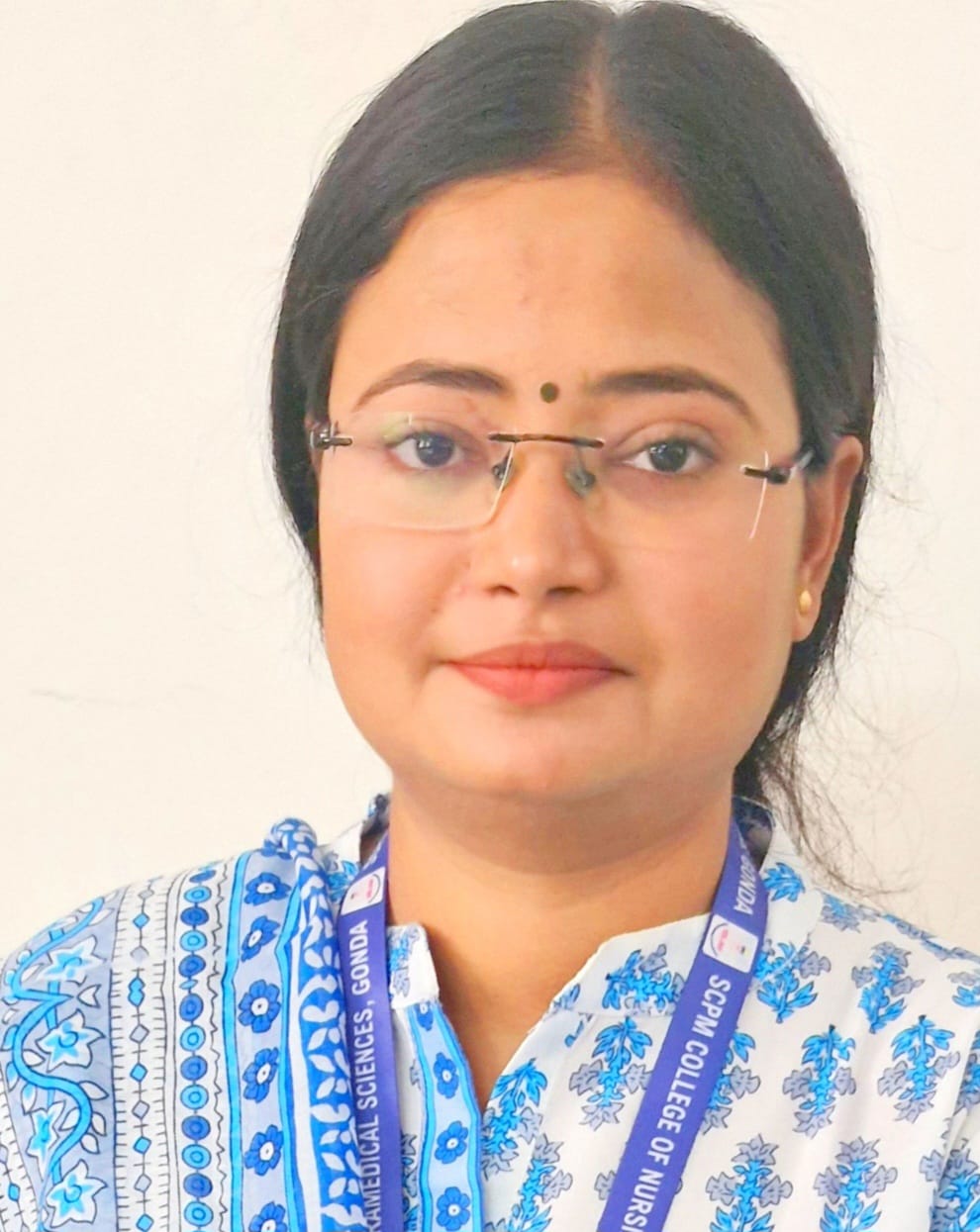Background: Radiology is central to contemporary healthcare, but non-radiology paramedical students usually have limited exposure to imaging sciences that may impact interdisciplinary teamwork and patient safety. Their knowledge should be tested in order to improve the quality of healthcare education. Aim: The aim of this research was to evaluate the knowledge regarding the radiology department of paramedical students, excluding the radiology students, at SCPM College of Nursing and Paramedical Sciences. Material and Methods: A cross-sectional survey of 392 paramedical students in nursing, physiotherapy, and medical laboratory technology was carried out. A structured questionnaire on demographics, knowledge, and attitudes was administered. Data were analyzed using Microsoft Excel and SPSS v25, descriptive statistics, and paired t-tests, with a significance level of p < 0> 0.05), reflecting inconsistent understanding. Attitudes towards radiology were mostly positive, but safety measures awareness and contrast media application awareness were poor. Conclusion: The results reflect a sound base-level knowledge of radiology in paramedical students but glaring knowledge deficiencies in certain domains such as radiation safety and sophisticated imaging principles. An improvement of the curriculum with integrated theoretical and practical hands-on training is advised to enhance interdisciplinary capabilities in healthcare.
Radiology education, Paramedical students, Knowledge assessment, Imaging modalities, Radiation safety, Interdisciplinary healthcare, Curriculum enhancement
Radiology serves as a cornerstone of modern healthcare by providing non-invasive and highly detailed imaging that enables accurate medical diagnosis and treatment planning. Imaging technologies such as X-rays, CT scans, MRI, and ultrasound have significantly enhanced medical decision-making by offering real-time visualization of internal organs, bones, and tissues. According to WHO (2020), approximately 3.6 billion diagnostic radiology examinations are conducted annually worldwide, highlighting the indispensable role of imaging in medicine. Radiology is particularly vital in oncology, cardiology, neurology, and trauma care, where timely and accurate imaging directly influences patient outcomes. [1] One of radiology’s most significant contributions is early disease detection, particularly for conditions such as cancer, cardiovascular diseases, and neurological disorders. Mammography has been instrumental in breast cancer screening, leading to early interventions and improved survival rates [2]. Similarly, CT scans and MRIs are widely used to diagnose strokes and traumatic brain injuries, allowing for immediate medical response [3]. Moreover, radiology has minimized the need for invasive surgical procedures by offering clear diagnostic insights, reducing patient discomfort, hospital stays, and healthcare costs [4]. Beyond diagnosis, radiology plays a key role in image-guided interventions and treatments. Procedures such as angioplasty, stent placement, tumor ablation, and radiation therapy rely on imaging techniques for accuracy and precision. Interventional radiology (IR) has advanced minimally invasive surgical techniques, allowing doctors to treat conditions like arterial blockages and liver tumors without major surgery [5]. Despite its importance, many non-radiology paramedical professionals lack adequate knowledge about radiological techniques and safety protocols. This knowledge gap may lead to improper patient management, excessive radiation exposure, and misinterpretation of imaging procedures [6]. Enhancing radiology awareness among paramedical students would improve collaborative healthcare practices, patient safety, and diagnostic accuracy [7].
Role of Different Imaging Modalities in Diagnosis
Medical imaging plays a fundamental role in modern healthcare, enabling healthcare professionals to visualize internal structures for accurate diagnosis, treatment planning, and disease monitoring. The continuous advancements in imaging technology have provided non-invasive methods for detecting abnormalities, assessing organ function, and guiding medical procedures. The primary imaging modalities used in clinical practice include X-rays, Computed Tomography (CT), Magnetic Resonance Imaging (MRI), Ultrasound, and Nuclear Medicine, each serving distinct diagnostic purposes [4]. The selection of an appropriate imaging technique depends on the type of pathology, anatomical region, and the level of detail required for diagnosis.
X-Ray Imaging: The Foundation of Radiology
X-ray imaging, discovered by Wilhelm Roentgen in 1895, was the first medical imaging technique and remains one of the most widely used diagnostic tools today. It is primarily utilized for assessing fractures, lung diseases, dental conditions, and detecting tumors. X-ray imaging operates by passing ionizing radiation through the body, where denser structures like bones absorb more radiation, appearing white on the radiographic film, whereas soft tissues appear in varying shades of gray [1]. Digital radiography has further enhanced the efficiency of X-ray imaging, reducing radiation exposure and improving image quality. However, excessive exposure to X-rays carries radiation risks, making it essential to use protective measures like lead aprons and minimizing unnecessary imaging procedures [2].
Computed Tomography (CT) for Cross-Sectional Imaging
Computed Tomography (CT) has revolutionized diagnostic radiology by providing detailed cross-sectional images of internal organs, soft tissues, and bones. CT scans use multiple X-ray beams and sophisticated computer algorithms to create 3D reconstructions of the body, making them highly effective for detecting trauma-related injuries, internal bleeding, tumors, stroke, and infections [3]. One of the significant advantages of CT is its ability to differentiate tissues with high precision, making it superior to conventional X-rays for complex cases. However, CT scans expose patients to higher doses of ionizing radiation, necessitating careful assessment of risks and benefits before recommending scans [8].
Magnetic Resonance Imaging (MRI) for Soft Tissue Visualization
Unlike X-ray and CT, Magnetic Resonance Imaging (MRI) does not use ionizing radiation. Instead, MRI relies on strong magnetic fields and radio waves to generate highly detailed images of soft tissues, including the brain, spinal cord, muscles, and joints. MRI is particularly beneficial for diagnosing neurological disorders, musculoskeletal injuries, and cardiovascular conditions [4]. Its superior contrast resolution makes it ideal for differentiating between normal and abnormal tissues, making it a preferred choice in oncology for tumor detection and staging [5]. However, MRI has limitations such as high cost, longer scan times, and contraindications for patients with metallic implants or pacemakers.
Ultrasound Imaging: Real-Time and Radiation-Free Diagnosis
Ultrasound imaging is widely used in obstetrics, cardiology, and abdominal imaging due to its ability to provide real-time visualization of internal structures without exposing patients to ionizing radiation. It employs high-frequency sound waves that reflect off tissues to create dynamic images, allowing for assessments of fetal development, heart function, liver diseases, and vascular conditions [7]. Doppler ultrasound further enhances its capabilities by evaluating blood flow and detecting abnormalities such as deep vein thrombosis (DVT) and arterial blockages [2]. The portability and affordability of ultrasound make it an essential diagnostic tool, especially in emergency settings and rural healthcare facilities.
Nuclear Medicine: Functional Imaging for Metabolic Disorders
Nuclear medicine techniques such as Positron Emission Tomography (PET) and Single-Photon Emission Computed Tomography (SPECT) provide functional imaging by using radiopharmaceuticals that accumulate in specific organs, emitting gamma rays captured by detectors. These techniques are crucial in detecting cancer, neurological disorders (e.g., Alzheimer’s disease), and cardiovascular conditions by assessing metabolic activity rather than anatomical structures [8]. PET-CT, a combination of PET and CT, has emerged as a powerful tool in oncology, allowing for early tumor detection and monitoring of treatment response. However, nuclear medicine involves exposure to radioactive substances, requiring strict safety protocols for both patients and healthcare workers. The selection of an imaging modality depends on various factors, including clinical indications, anatomical regions, and the need for structural or functional assessment. While X-rays and CT scans are excellent for bone and lung imaging, MRI is superior for soft tissue evaluations, ultrasound provides real-time imaging, and nuclear medicine excels in functional assessments [4].
MATERIALS AND METHODS
The methodology of this study outlines the research approach, design, study setting, sample selection, data collection, and analysis procedures used to assess the level of radiology awareness among paramedical students (excluding radiology students). This study adopts a quantitative, descriptive, cross-sectional survey approach to assess the level of radiology knowledge among paramedical students. The study utilizes a non-experimental, survey-based research design to evaluate radiology awareness among non-radiology paramedical students.
RESULT
The majority of respondents (88.5%) belong to the age group of 18-22 years, indicating that the sample largely consists of young students in their early academic years. A smaller proportion, 9.6% of respondents, fall within the age range of 23-27 years, and only 1.9% are between 28-32 years. The results Indicate that 69.4% of the respondents are male, while 30.6% are female, demonstrating a gender imbalance in paramedical education at the surveyed institution. The higher proportion of male students suggests that male candidates may be more inclined toward paramedical courses in this region. The largest proportion of respondents (50.3%) are pursuing graduation-level courses, followed by 47.1% in diploma programs. Only a small fraction (1.3%) are Ph.D. scholars or postgraduates, indicating that the majority of respondents are in early to mid-level academic training. The majority of respondents belong to Physiotherapy (32.5%) and Medical Laboratory Technology (31.2%), reflecting the increasing demand for rehabilitation specialists and diagnostic laboratory professionals. Other disciplines such as Operation Theatre (15.3%) and Emergency & Trauma (11.5%) also have significant representation, as these fields require hands-on practical skills and knowledge of radiological procedures. The lower representation of Optometry (3.8%) and Sanitation (5.7%) may indicate fewer enrollments or institutional limitations in these specializations. The majority of respondents (75.8%) are in their first year, with only 19.7% in their second year and an even smaller percentage in the third (1.3%) and fourth years (3.2%). This indicates that most participants are in the early stages of their paramedical education, suggesting that their exposure to radiology concepts may be limited.


 Aman Verma*
Aman Verma*
 Shubhanshi Rani
Shubhanshi Rani
 Jyoti Yadav
Jyoti Yadav
 Sandhya Verma
Sandhya Verma
 Shivam Kumar
Shivam Kumar
 10.5281/zenodo.16598176
10.5281/zenodo.16598176